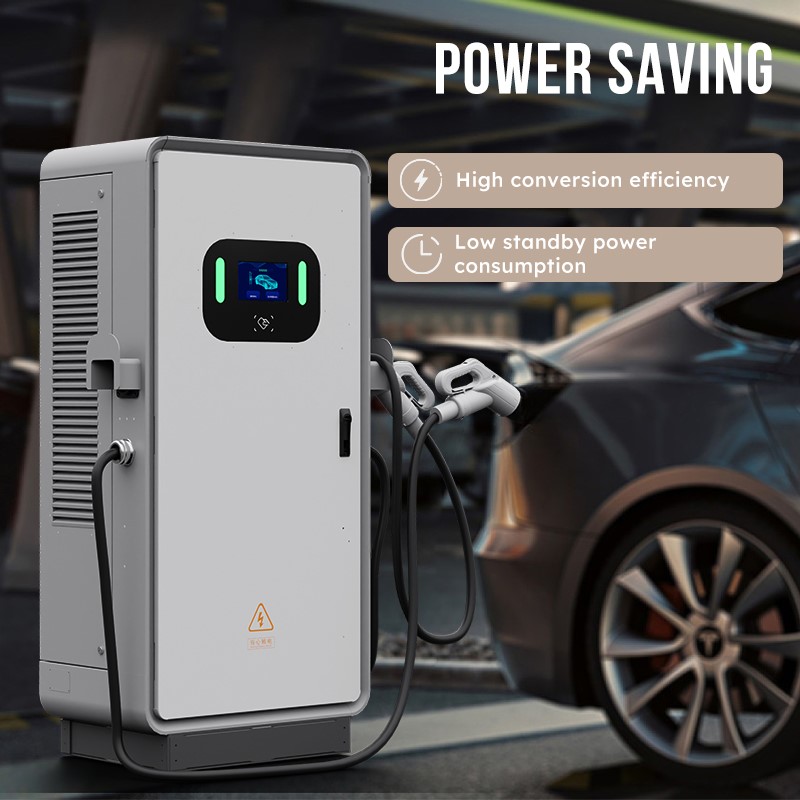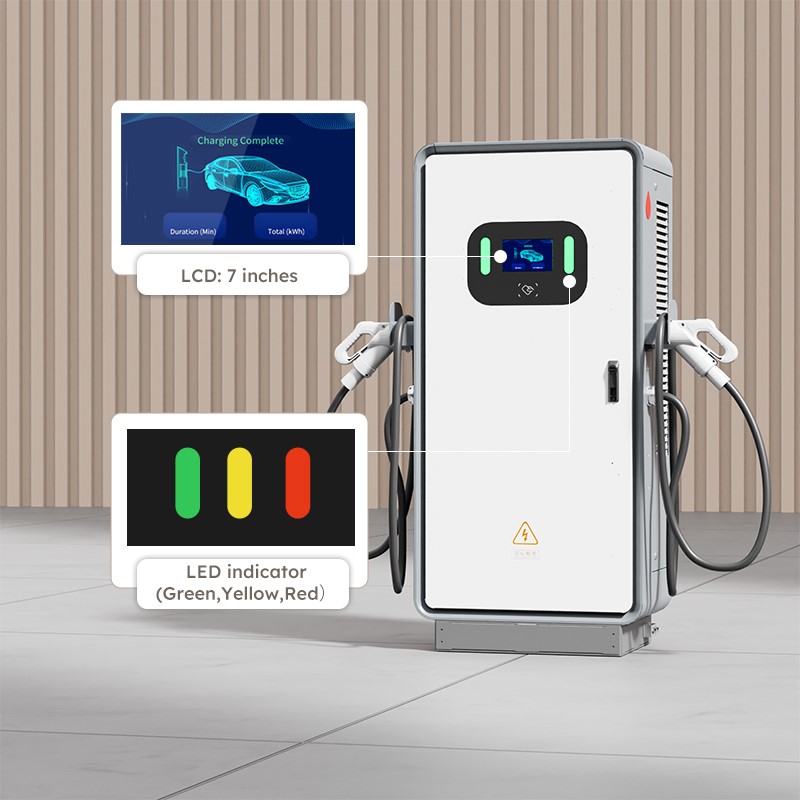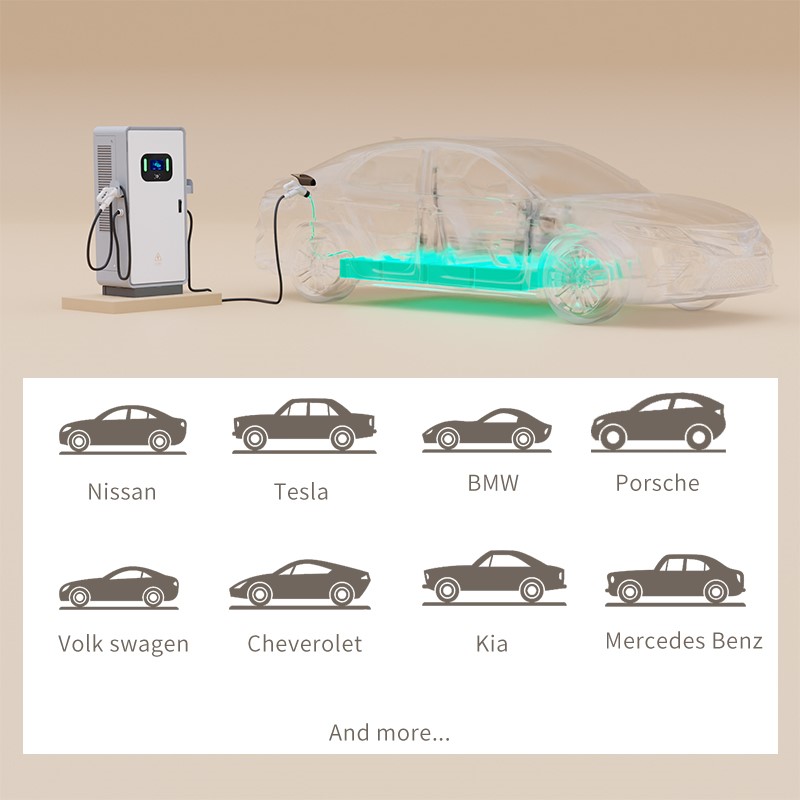Battery parameters
1.1 Battery energy
The unit of battery energy is kilowatt-hour (kWh), also known as “degree”. 1kWh means “the energy consumed by an electrical appliance with a power of 1 kilowatt for one hour.” For ease of understanding, this public account mostly uses “degree” to express it. Readers only need to know that it is a unit of electrical energy and do not need to delve into its meaning.
[Example] The battery capacities of cars and SUVs with a range of 500km are roughly 60 degrees and 70 degrees respectively. Currently mass-produced pure electric vehicles can be equipped with batteries with a maximum capacity of 150 kwh and a theoretical driving range of up to 1,000km.
There is a nameplate with vehicle information on the right front door (or right rear door) of a new energy vehicle. The battery degree is calculated by using rated voltage × rated capacity/1000. The calculated result may be slightly different from the official value of the car company.
1.2 SOC
SOC is the abbreviation of “State of charge“, which refers to the battery’s state of charge, that is, the remaining battery power, usually expressed as a percentage.
1.3 Battery type
The vast majority of new energy vehicles on the market use lithium-ion batteries, which can be divided into lithium iron phosphate batteries and ternary lithium batteries.
Among them, there are two specific manifestations of the “poor consistency” of lithium iron phosphate batteries. First, the SOC display is inaccurate: for example, the author recently experienced the Xpeng P5, which took 50 minutes to charge from 20% to 99%, while charging from 99% to It took 30 minutes to reach 100%, which is obviously a problem with the SOC display; second, the power-down speed is uneven (also mainly occurs when fully charged): some cars show no change in battery life after driving 10km after being fully charged, while some cars do not. The battery life dropped to 5km after just a few steps. Therefore, lithium iron phosphate batteries should be fully charged once a week to correct the consistency of the cells.
On the contrary, due to the nature of the material, ternary lithium batteries are not suitable for parking after being fully charged (but they can continue driving to less than 90% immediately after being fully charged). In addition, no matter what kind of battery it is, it should not be driven under low battery conditions (SOC <20%), nor should it be charged in extreme environments (temperatures above 30°C or below 0°C).
According to the charging speed, charging methods can be divided into fast charging and slow charging.
(1) Fast charging
The charging voltage of fast charging is generally the working voltage of electric vehicles (mostly around 360-400V). In the high power range, the current can reach 200-250A, corresponding to 70-100kW of power. Some models with charging as their selling point can reach 150kW through high voltage. above. Most cars can charge from 30% to 80% in half an hour.
[Example] Taking a car with a battery capacity of 60 degrees (with a range of about 500km) as an example, fast charging (power 60kW) can charge a battery life of 250km in half an hour (high power range)
If want to know more about this, please feel free to contact us.
Tel: +86 19113245382 (whatsAPP, wechat)
Email: sale04@cngreenscience.com
Post time: May-31-2024







